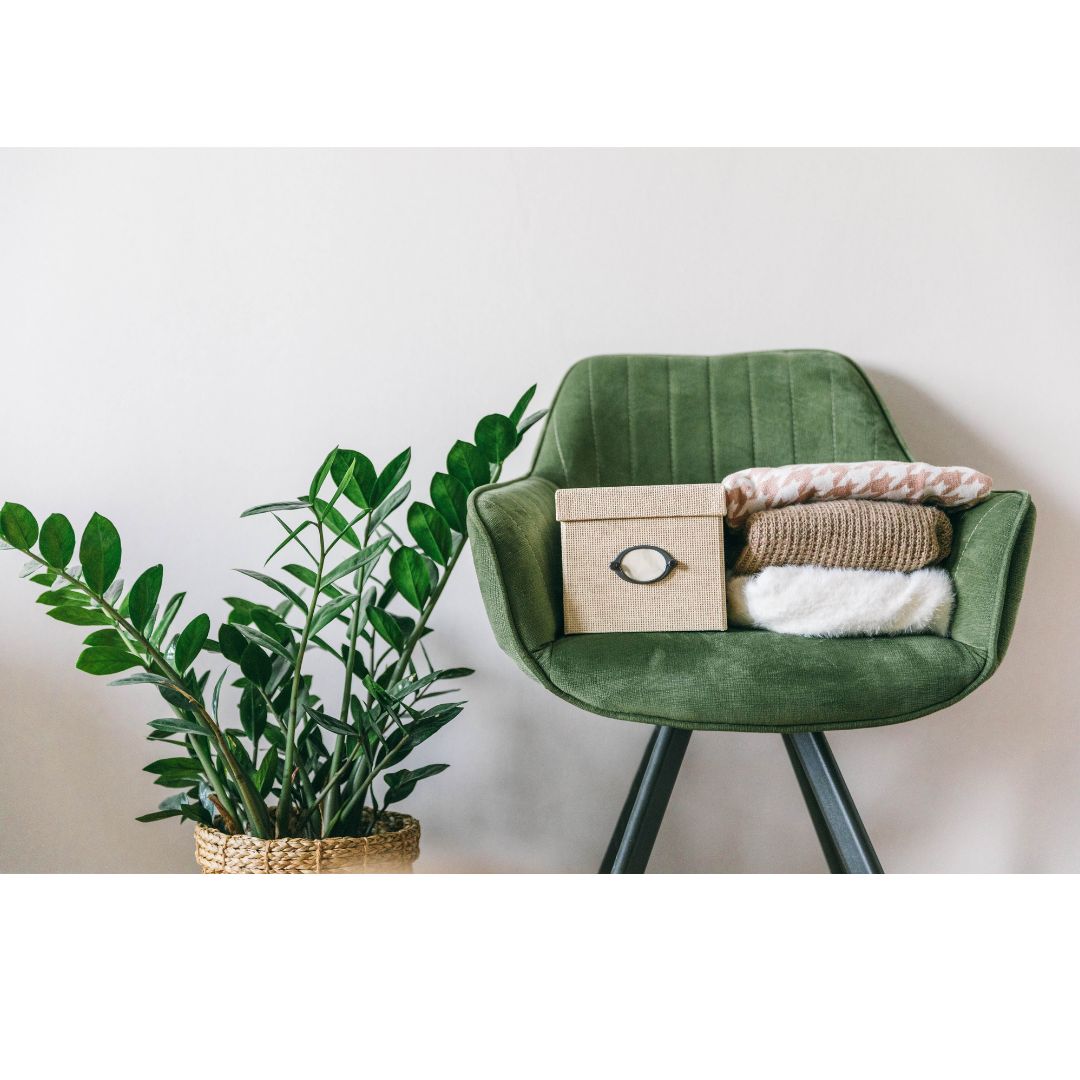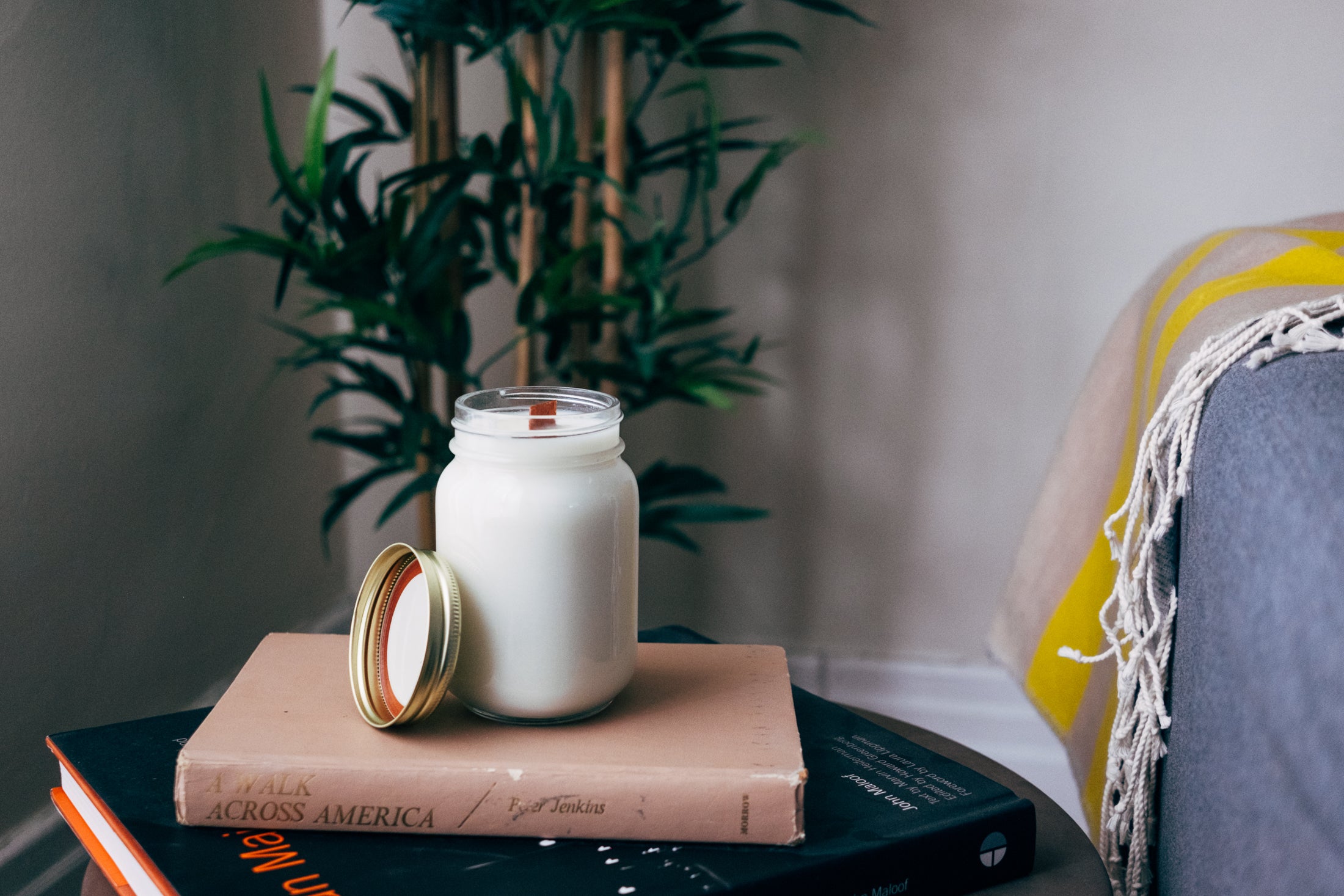Declutter with Purpose: Simplify, Organise, Transform

The Path to Decluttering: Tips to Achieve Order and Calm
 Decluttering cleanses the senses and helps to avoid overwhelm - but it is not always easy to achieve in practice.
Decluttering cleanses the senses and helps to avoid overwhelm - but it is not always easy to achieve in practice.
If you can see a use - or a memory - in every item, decluttering can seem like a tricky task indeed. We’ve seen the TV shows and think, ‘I’m okay, I’m not that bad,’ and we can’t all have a celebrity turn up and sort our lives out - we have to put our big, suck-it-all-in pants on and get on with it. Clutter is easy to build up, easy to suddenly become too much, and making the decision to do something about it, is often the hardest part.

If you have a lot of items or rooms to go through, remember that it will be tough at times but if you are clear on your goal - more space, emotional release, moving home or clearing out a loved-one’s home, you will get there with a strong aim and kindness to yourself.
Decluttering is not about putting everything behind closed doors or sweeping things under the carpet; it’s also not cleaning (yet), it’s controlled tidying.
Remember that you will be keeping some things, so use boxes or bags to put things in while you sort.
Many recommend starting with a small area - like a desk or bedside cabinet - but we suggest Marie Kondo’s* method of sorting by category, which feels more logical and effective. Marie's system involves five categories of ‘stuff’ (starting with the easier clothing category) and progresses, by category, to emotional, sentimental items - a great way to introduce yourself to a decluttering mindset.
Marie’s approach involves gathering everything from a specific category from across your home into one spot for sorting. This helps you see the full scale of what you own and tackle it all at once, without distractions. One of our clients realised just how many dog leads and harnesses they had once everything was gathered in one place...
The 3 sorting categories: Keep, Give away (charity or friends) and Reuse or repurpose
Once everything is gathered together, sort it into three piles (using a box or crate for each). While some items will be easy to decide on, others may require more thought - accept this and be prepared to take a deep breath and keep going. Starting with a smaller, categorised approach makes decluttering more manageable and helps to reduce the overwhelm that can come from tackling an entire room.

Beginning with the relatively straightforward category of clothing allows you to ease into the process and gradually work up to items that may be more emotionally challenging.
“Does it Bring you Joy?"
The goal of decluttering is to remove the excess. Yes, you’ll reduce what you have, and by the end, you can tidy up or reassign items to other rooms. Decluttering is about simplifying, but it’s not about ending up with nothing or creating an empty, lifeless space.
Marie Kondo’s Six Rules of Tidying
Now famous for her ‘Does it bring you joy?’ Marie's methods mean you focus on what you are keeping rather than what you are discarding. Following the order of the categories (clothing, books, paper, miscellaneous and personal), the process can become a way of life, and her six rules of tidying are a great way to approach decluttering, with the added bonus of knowing that what you keep is what you love, like, and feel a genuine connection to.
1. Commit
Set the intention.
Put aside the time and put in the effort.
It will become a habit, a choice and not a chore.
2. Imagine your Ideal Lifestyle
Think about your end goal.
3. Finish Discarding First
Focus on what you want to keep.
Cherish the items that bring you joy, and let go of the rest with gratitude.
Learn from your past experiences.
When you let go of a belonging you never used, it taught that you have no purpose for something like it in your life – remember this and don’t repeat.
4. Tidy by Category, Not by Location
5. Follow the right order
clothes (relatively easy)
books
papers
miscellaneous
sentimental items (challenging)
6. Does it bring you joy?
Lightly reflect on the sentimental value of each item - considering the memories will help you distinguish between items with genuine emotional significance and those you’ve kept out of habit.
How often do I use it?
Does it fit within my space?
Can I preserve the memory in another way?
Would someone else benefit more from having this item?
Do I feel burdened by keeping this item?

Things to keep
Remember, not everything needs to go. A small box of cherished items will allow you to preserve memories without cluttering your everyday living space.
Storage and organising containers may be useful; baskets are useful for blankets etc.
Items that don’t belong to you: give them back!
Photos: this does not mean that you keep 5 copies of the same beach scene from the family holiday when you were 10: edit and store in a neat tin or box. They are small, sentimental items that hold value to us. Could you frame them? If you don’t want it on display, do you want to keep it? Create scrapbooks, albums or journals.
Important Documents: Dedicate an area of your home to house all of your important documents. An obvious place would be in a cabinet or desk. Metal tins are good as they protect against fire. Never get rid of important documents such as birth certificates, car and home titles etc. Invest time in making an efficient filing system that will make the process easier for you.
Anything Actively Useful: Is it useful, meaningful, valuable or irreplaceable? If you reach for it regularly, you need it.
Would you buy it again? Are they just ‘creating the current look’? Ask yourself you are styling with things you love - styling items should be made up of keepsakes that are important, that we can’t re-purchase again, that are irreplaceable. These are the things we love, that bring genuine joy.
Emergency Supplies: create a set space; a kitchen drawer or under the sink is a good place. Use drawer dividers, boxes or trays to separate the different items. Shopping bags and the elastic bands that drop from the postman are useful but it is not essential to keep more that you will realistically use.
Family Heirlooms and Collectables: Think about how you can use them. Even if they don’t hold any direct sentimental value to you personally, handing them down through the generations is a wonderful thing to do. Contact a specialist to find out any value before making decisions on jewellery or collectable. Older, vintage pieces work well in most homes.
Have you inherited a family member's collectables over the years? Are these things taking up room? Perhaps you used to collect something that no longer interests you?
Decluttering following the steps above is a way to bring order to your life. Make a start with your clothing and soon you will be sorting out the things that you might have been dreading. Keeping to the process; stick with the keep, give away, reuse options and remember that passing-on an item does not make the relationship you have with the original owner any less special. Keep the items that best represent the person, to you, and think about how you are going to display them. A small grouping of loved pieces will be a better memorial than boxes you never look inside.
And finally, remember your original goal – to have a clutter-free living space, something that will work for you now and into the future. You are well on the way to achieving it.
Decluttering will help your recognise that memories are not just within the physical objects you’ve held onto all this time. The last couple of categories of miscellaneous and personal will be the hardest part of your decluttering journey but by now you have a process and hopefully more space to work in.
Guilt free decluttering - that’s the goal and while letting go can be a hard decision, it can be done with kindness, compassion and a a dash of bravery.
If you would like our free PDF of this blog, please drop us a line Subject: Declutter and we will email it to you so you can store it digitally to refer to each time you need to declutter.

*Source: www.konmarie.com
